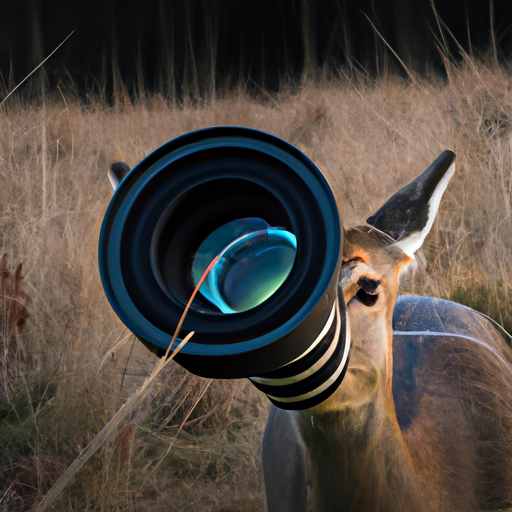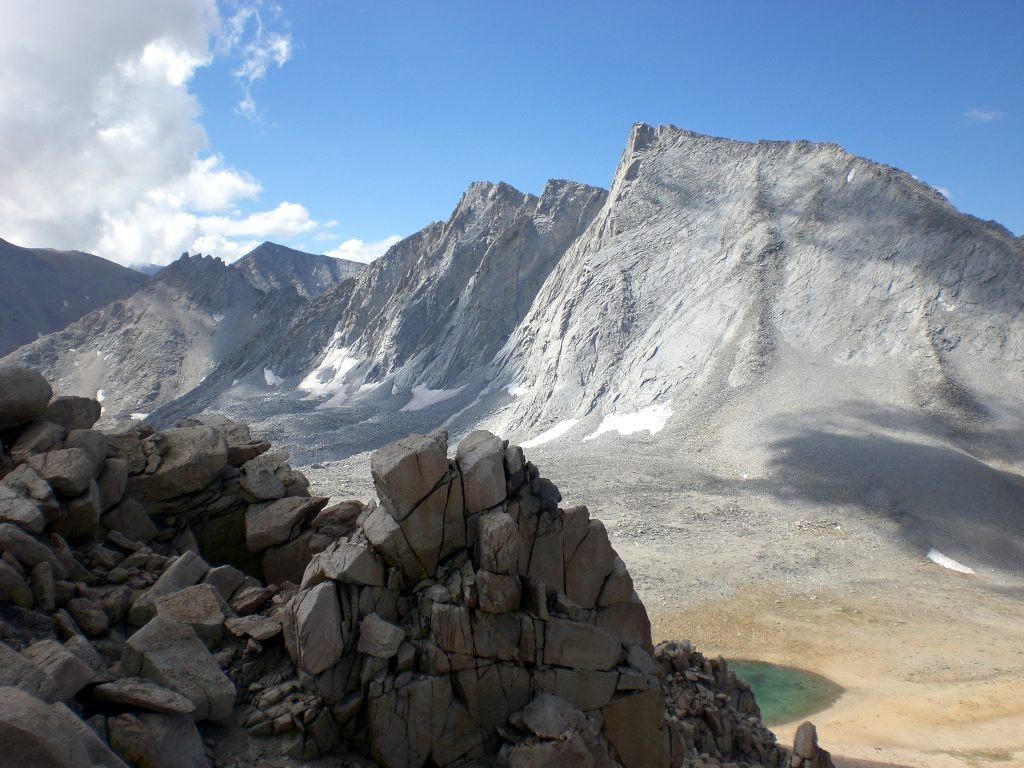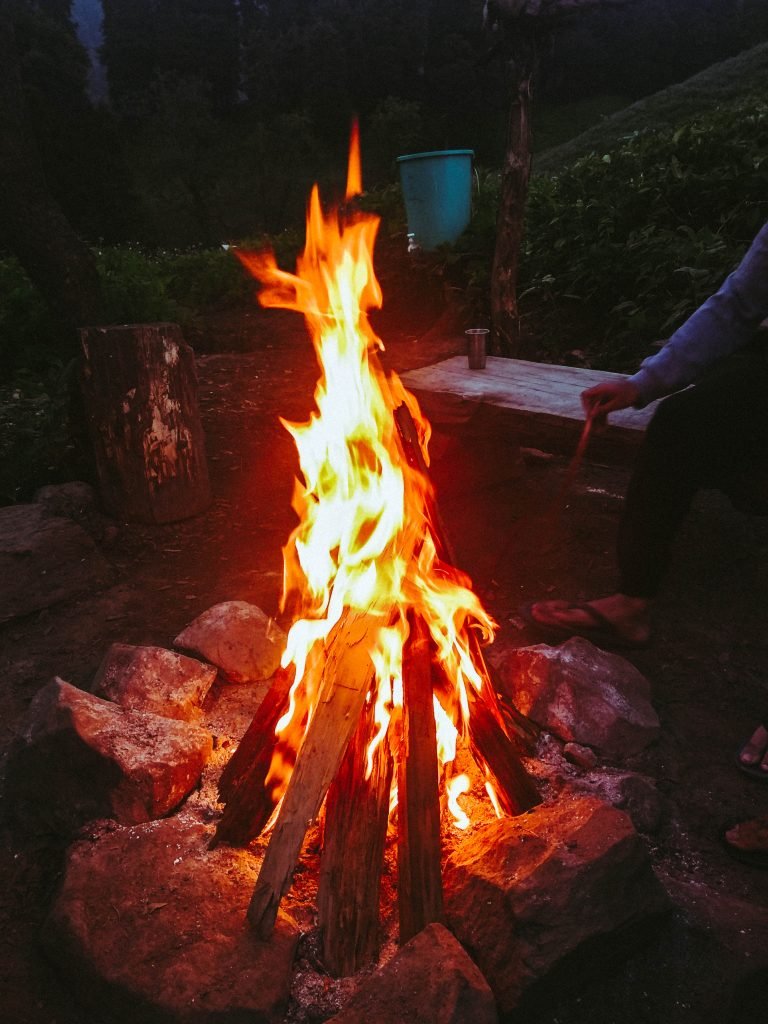Building a basic outdoor sound recording station for studying nature sounds is easier than you might think and can be an incredibly rewarding project. Imagine immersing yourself in the serene ambiance of the natural world, capturing the delicate melodies of birds singing at dawn or the gentle rustling of leaves in the wind. In this guide, you’ll learn how to set up a simple yet effective recording station using affordable equipment. From selecting the right microphone and protective gear to choosing the ideal location and managing your recordings, you’ll be guided step-by-step to create your own nature sound sanctuary.
How Can I Build A Basic Outdoor Sound Recording Station For Studying Nature Sounds?
Have you ever found yourself captivated by the gentle rustle of leaves, the serene calls of birds, or the distant croak of frogs? If so, you might be curious about how you can capture these natural symphonies and study them more closely. Building a basic outdoor sound recording station for studying nature sounds is an excellent way to delve into the world of natural acoustics and learn more about the ecosystems around you.
Setting up an outdoor sound recording station might seem like a daunting task, but with a bit of planning and some essential gear, it’s entirely feasible – even for beginners. Let’s walk through the process step-by-step and get you well on your way to recording crisp, clear nature sounds right in your own backyard, or wherever your explorations take you.
Understanding Your Needs and Goals
Why Do You Want to Record Nature Sounds?
Before diving into the technical aspects, take a moment to reflect on your reasons for recording nature sounds. Are you a nature enthusiast wanting to enjoy the serene sounds of the outdoors? Perhaps you’re a researcher aiming to study specific wildlife patterns? Knowing your goals will help you tailor your setup to meet your needs effectively.
What’s Your Budget?
Your budget will greatly influence the quality of the equipment you can afford. Thankfully, there are options available for all budget ranges. Decide on how much you’re willing to spend on this project initially. This will help you make informed choices about the gear to buy.
Choosing the Right Equipment
Having the right equipment is crucial for capturing high-quality sound recordings. Here we’ll break down the essential gear you’ll need and provide options to fit different budgets.
Microphones
Microphones are the heart of your sound recording setup. They come in various types, each suited for different recording conditions and objectives.
Types of Microphones
- Condenser Microphones: Great for capturing detailed, high-fidelity sounds but typically more sensitive to background noise.
- Dynamic Microphones: Less sensitive to background noise, making them suitable for more varied environments.
- Parabolic Microphones: Excellent for capturing distant sounds due to their directional focus.
Recommendations:
| Budget Range | Options | Comments |
|---|---|---|
| Low | Audio-Technica ATR6550 | Affordable shotgun mic, ideal for beginners. |
| Mid | Rode NTG2 | Great balance of quality and price. |
| High | Sennheiser MKH 416 | Professional-grade with exceptional clarity. |
Recording Devices
A good recording device will accurately capture the input from your microphone and store it in a usable format.
Types of Recording Devices
- Portable Recorders: Compact and easy to carry, perfect for field recordings.
- Field Recorders: More advanced than portable ones, offering better sound quality and more features.
- Smartphone Adapters: Turn your smartphone into a recording device using various adapter solutions.
Recommendations:
| Budget Range | Options | Comments |
|---|---|---|
| Low | Zoom H1n | Affordable with decent quality. |
| Mid | Tascam DR-40X | Offers multiple inputs and good sound quality. |
| High | Sound Devices MixPre-3 II | Professional-grade with advanced features. |
Accessories
While core equipment is essential, accessories can improve the quality and ease of your recordings.
Windshields and Pop Filters
Wind noise can ruin your outdoor recordings. Windshields and pop filters help minimize this issue.
Recommendations:
- Rycote Softie: Ideal for most portable and dynamic mics.
- Deadcat Windshield: Perfect for more extreme wind conditions.
Mounts and Booms
Holding a microphone steady can be tiring and unstable. A quality mount can make a difference.
Recommendations:
- Rode BoomPole: Great for versatile positioning.
- K&M Tripod: Sturdy and reliable for stationary recording.

This image is property of images.unsplash.com.
Setting Up Your Recording Station
Now that you have your equipment, it’s time to set up your recording station. Here’s how you can go about it.
Choosing the Right Location
The location you choose will significantly impact the quality of your recordings. Here are a few things to consider:
Natural Ambiance
Select a location that reflects the natural environment you wish to study. Each setting – be it a forest, a meadow, or a near water body – has its own unique soundscape.
Accessibility
Ensure that the location is easily accessible, not just for initial setup but also for any subsequent visits you may need to make for adjustments or repairs.
Ideal Weather Conditions
Weather can be both a friend and a foe when it comes to outdoor sound recordings. Clear, calm days are best, but if you want to capture the essence of a rainy forest or a windy prairie, be prepared to handle the challenges they bring.
Installing Your Gear
Set up your microphones using tripods or mounts, ensuring they are stable and secure. Use windshields and pop filters to protect against environmental noise.
Step-by-Step Setup:
- Identify and clear the area where you will place your equipment.
- Install your tripod or mount securely.
- Attach your microphone and adjust its direction towards the primary sound source.
- Connect your microphone to the recording device, ensuring all cables are secured and won’t be disturbed by wind or wildlife.
- Perform a test recording to adjust levels and make sure everything is working correctly.
Tips for Successful Sound Recording
Patience is Key
Nature doesn’t operate on a schedule. Be prepared to spend time in your chosen location, quietly waiting for the sounds you wish to capture.
Minimize Disturbances
The fewer disturbances you introduce to your environment, the better. Avoid wearing noisy clothing and refrain from moving around too much.
Monitor Your Recordings
Consider using headphones to monitor your recordings in real-time. This can help you catch issues like background noise or equipment malfunctions early.

This image is property of images.unsplash.com.
Analyzing Your Recordings
Once you have your recordings, the next step is to analyze them. This process involves transferring your recordings to a computer and using software to clean them up and study them.
Transferring Files
Most modern recording devices come with easy-to-use interfaces for transferring files. Connect your device to your computer via USB, and copy the files to your desired folder.
Using Audio Editing Software
Audio editing software allows you to refine and analyze your recordings. Popular options include Audacity, Adobe Audition, and Pro Tools.
Cleaning Up Noise
Even with the best equipment and practices, some background noise is inevitable. Use noise reduction features in your audio editing software to clean up your recordings.
Isolating Sounds
Focus on isolating the sounds you are particularly interested in – whether it’s a specific bird call, the rustling of trees, or the ambiance of a particular setting.
Annotation and Metadata
Organizing your recordings is crucial for long-term study. Annotate your files with metadata such as the time, date, location, and specific conditions during the recording.
Troubleshooting Common Issues
Unwanted Background Noise
No matter how careful you are, unwanted background noise can sneak into your recordings. Use windshields, pop filters, and proper mic placement to minimize this.
Equipment Malfunctions
Remember to regularly check and maintain your equipment. Carry extra batteries and cables to avoid unexpected interruptions.
Environmental Factors
Weather and wildlife are unpredictable. Be ready to adapt and make the most of the conditions that present themselves.

This image is property of images.unsplash.com.
Expanding Your Horizons
Advanced Techniques
Once you’re comfortable with the basics, you might want to explore more advanced recording techniques. Consider using multiple microphones for surround sound recordings or investing in higher-end gear for even better sound quality.
Sharing Your Work
Share your nature sound recordings with the world! Platforms like SoundCloud or YouTube are great places to showcase your work. You can also contribute to scientific databases that catalog wildlife sounds.
Collaborating with Researchers
If you’re interested in the scientific side of things, reach out to researchers or organizations focused on ecology and wildlife. Your recordings could provide valuable data for their studies.
Conclusion
Building a basic outdoor sound recording station for studying nature sounds is a fulfilling and exciting endeavor. With the right equipment, some patience, and a dash of curiosity, you can immerse yourself in the symphony of the natural world. Whether you’re doing it for personal enjoyment or scientific study, capturing these sounds offers a unique way to connect with nature.
Happy recording!




